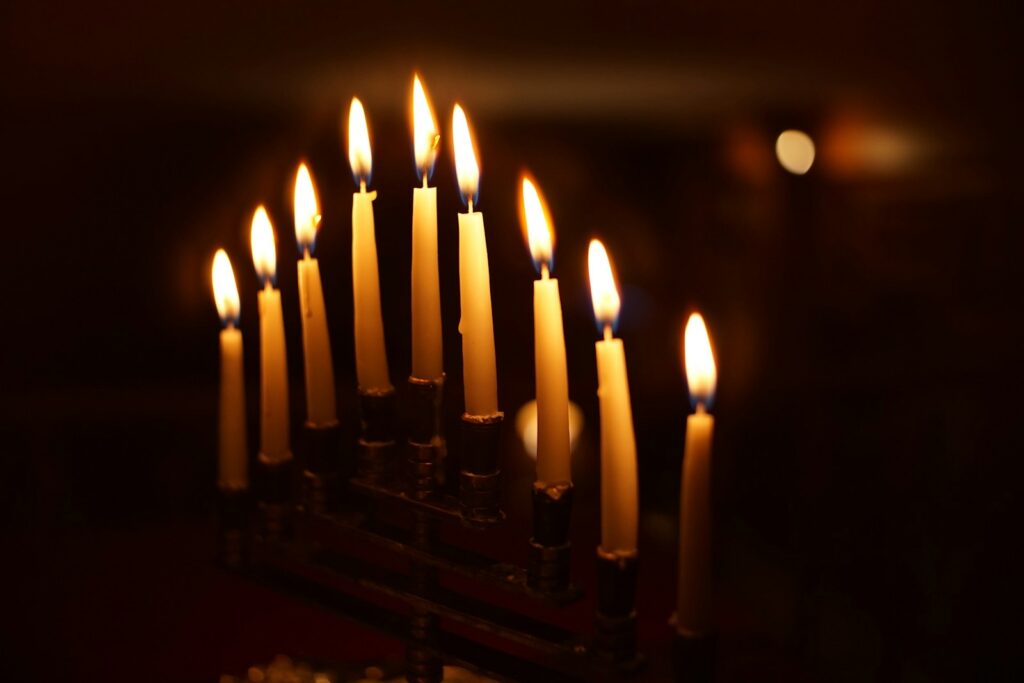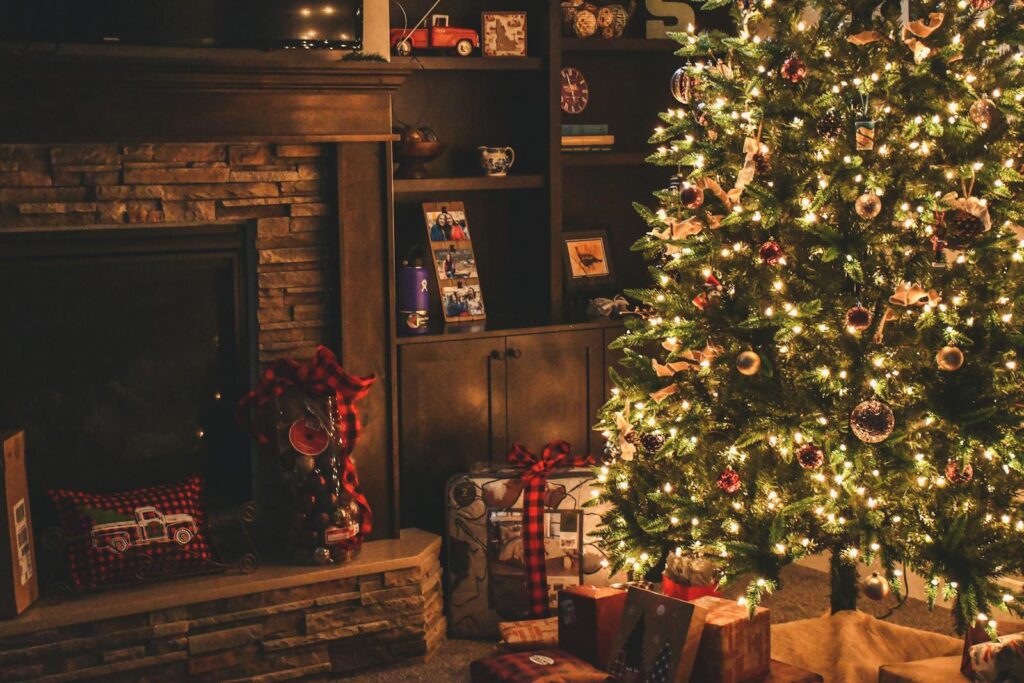Winter Holidays Across the Globe: A Celebration of Light and Renewal
As winter’s darkness deepens across the Northern Hemisphere, countless lights begin to twinkle in windows, streets, and homes around the world. It is a time for winter holidays across the globe. From the glow of menorah candles to the brilliant bursts of New Year fireworks, humanity has found endless ways to illuminate the season’s longest nights. These celebrations, spanning cultures and continents, tell a story of our shared human experience and our enduring drive to find light in the darkness.
The Ancient Call of the Solstice
Winter Solstice: The Shortest Day
Long before the advent of modern holidays, our ancestors marked the winter solstice—the shortest day of the year—with rituals and celebrations that still echo in contemporary festivities. Stand outside at noon on the winter solstice, and you’ll cast your longest shadow of the year, a phenomenon that ancient cultures used to track the sun’s annual journey.
Yalda and Dongzhi
In Iran, the ancient festival of Yalda celebrates the triumph of light over darkness on the longest night of the year. Families gather to read poetry, feast on pomegranates and watermelon—their red color symbolizing the rising sun—and share stories until dawn. Meanwhile, in China, the Dongzhi Festival marks the moment when winter’s darkness begins giving way to light. Families come together to make and share tangyuan, vibrantly colored rice balls that represent reunion and harmony.
Religious Celebrations: A Tapestry of Traditions

Hanukkah: The Festival of Lights
The winter months host some of the world’s most significant religious observances, each with its own rich tapestry of customs and meanings. Hanukkah, the Jewish Festival of Lights, commemorates the miracle of a one-day supply of oil burning for eight days in the ancient temple. For eight nights, families gather to light the menorah, play dreidel games, and enjoy crispy latkes, creating memories that bridge generations.
Christmas Around the World
Christmas traditions showcase the remarkable diversity of cultural expression. In Hawaii, Santa arrives by boat, while Australian children might spot him on water skis. In Ukraine’s Christmas Eve celebrations of Sviata Vechera (Holy Supper), families wait for the first evening star to appear before beginning their feast, while farming communities bring in a sheaf of wheat called “didukh,” representing their ancestor’s spirit.

Las Posadas
Las Posadas, celebrated throughout Latin America, transforms the nativity story into a nine-day community celebration. Each evening, a procession led by children dressed as Mary and Joseph seeks shelter at designated homes, their journey illuminated by candlelight and accompanied by traditional songs.
Cultural Festivals: Illuminating Tradition
Saint Lucy’s Day
Some of winter’s most enchanting celebrations blend religious observance with cultural tradition. In Scandinavia, Saint Lucy’s Day brings processions of young women wearing crowns of burning candles, their songs piercing the December darkness. The holiday honors a 3rd-century martyr who brought food and light to persecuted Christians hiding in catacombs, though today it’s as much a celebration of light itself as of its namesake saint.
Beiwe Festival
The Sami people of northern Scandinavia honor their sun goddess Beiwe during the solstice, traditionally sacrificing white reindeer to ensure the sun’s return. This ancient custom speaks to humanity’s universal desire to participate in nature’s cycles of darkness and light.

New Year Celebrations: A Global Welcome
Ecuador’s Año Viejo
As the calendar turns, cultures worldwide bid farewell to the old year and welcome the new in fascinatingly different ways. In Ecuador, families craft straw men dressed in old clothes, writing out their faults in mock wills before burning these effigies at midnight—symbolically leaving their shortcomings behind with the old year.
Shogatsu in Japan
Japan’s Shogatsu celebrations extend beyond a single night of revelry. Schools close for up to a week as families exchange specially prepared foods and postcards with loved ones. At midnight, Buddhist temples ring their bells 108 times, each toll symbolically cleansing one of the 108 human sins in Buddhist tradition.
Chinese New Year
In China, the New Year arrives with an explosion of color and sound. The celebration’s origins lie in the legend of Nian, a fearsome monster that could only be driven away by loud noises, bright lights, and the color red. Today’s celebrations, with their fireworks, red lanterns, and vibrant decorations, keep this ancient tradition alive while creating new memories for modern families.

Lesser-Known Winter Festivals
Shalako Ceremony
Away from the spotlight of major celebrations, countless smaller festivals maintain unique cultural traditions. The Zuni people of New Mexico welcome their new year with the Shalako ceremony, where dancers in elaborate 12-foot-tall bird-head costumes serve as messengers from the gods. For four days, they perform intricate dances that connect present-day celebrations with ancient traditions.
Chawmos Festival
In Pakistan’s mountainous regions, the Kalash people celebrate Chawmos, a two-week festival culminating at the winter solstice. This celebration marks the end of the agricultural year with feasts, dances, and rituals that have remained largely unchanged for centuries.
The Universal Language of Celebration
Despite their diverse origins and expressions, winter holidays share remarkable commonalities. Whether through candles, bonfires, or fireworks, light plays a central role in nearly every celebration. Family gatherings and feasts appear across cultures, speaking to our fundamental need for connection during the year’s darkest days.
Food becomes a universal language of celebration. From Swedish saffron buns on Saint Lucy’s Day to Chinese New Year dumplings, traditional dishes carry the weight of history and meaning. Each recipe passed down through generations tells a story of survival, adaptation, and joy.

Modern Celebrations in a Global World
Today’s winter celebrations often reflect our increasingly interconnected world. Families might light a menorah, decorate a Christmas tree, and watch Chinese New Year fireworks all within the same season. This cultural cross-pollination doesn’t diminish these traditions but rather enriches them, creating new hybrid celebrations that honor both heritage and contemporary life.
The universal themes of light conquering darkness, community gathering in the face of winter’s challenges, and hope for renewal resonate as strongly today as they did with our ancestors. In our modern world of artificial light and central heating, we might not depend on the sun’s return for survival, but we still feel the primal pull to mark its journey and celebrate its renewal.
As we gather with loved ones during these dark winter months, we participate in a tradition as old as humanity itself. Whether we’re lighting candles, exchanging gifts, or sharing special meals, we’re connecting with countless others across time and space who have found their own ways to brighten winter’s darkness.
These celebrations remind us that despite our differences, we share fundamental experiences and needs. In our various ways of marking the season, we see reflected our common humanity—our need for light, warmth, community, and hope. As winter’s darkness deepens, millions of lights flicker on around the world, each one a testament to humanity’s enduring spirit and our universal desire to celebrate life, even—or especially—in the darkest of seasons.



